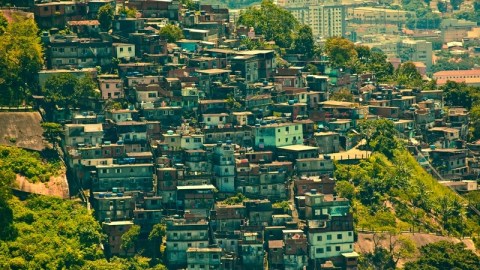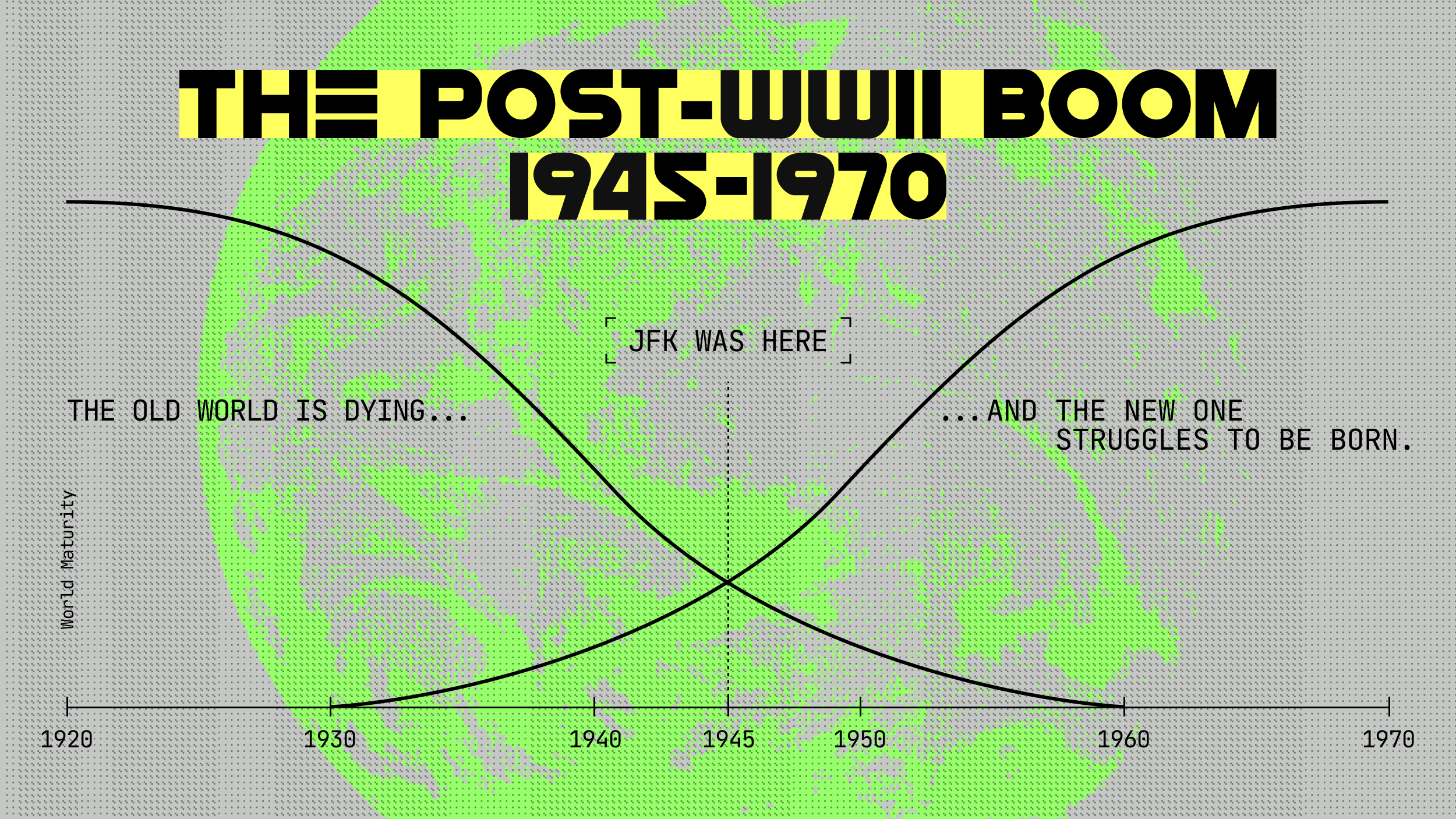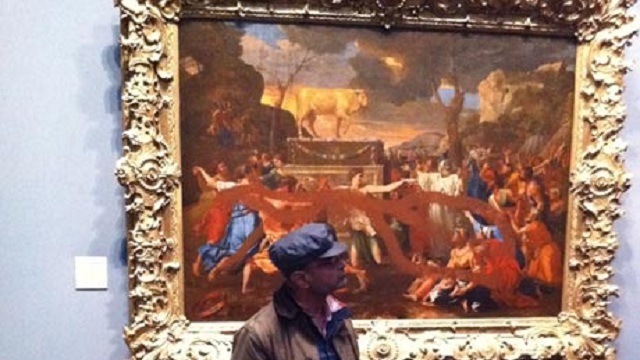Favela Futurism, Very Chic

The future of global innovation is the Brazilian favela, the Mumbai slum and the Nairobi shanty-town. At a time when countries across the world, from Latin America to Africa to Asia, are producing new mega-slums on an epic scale, when emerging mega-cities in China are pushing the limits of urban infrastructure by adding millions of new inhabitants each year, it is becoming increasingly likely that the lowly favela, slum or ghetto may hold the key to the future of human development.
Back in 2009, futurist and science fiction writer Bruce Sterling first introduced Favela Chic as a way of thinking about our modern world. What is favela chic? It’s what happens “when you’ve lost everything materially… but are wired to the gills and are big on Facebook.” Favela chic doesn’t have to be exclusively an emerging market notion, either. As Sterling has noted, it can be a hastily thrown-together high-rise in downtown Miami, covered over with weeds, without any indoor plumbing, filled with squatters.
Flash forward to the end of 2010, when the World Future Society named favela innovation one of the Top 10 trends to watch in 2011: “Dwellers of slums, favelas, and ghettos have learned to use and reuse resources and commodities more efficiently than their wealthier counterparts. The neighborhoods are high-density and walkable, mixing commercial and residential areas rather than segregating these functions. In many of these informal cities, participants play a role in communal commercial endeavors such as growing food or raising livestock.”
What’s fascinating is that the online digital communities we are busy creating in “developed” nations more closely resemble favelas than they do carefully planned urban cities. They are messy, emergent and always in beta. With few exceptions, there are no civil rights and no effective ways to organize. When asked how to define favela chic at this year’s SXSW event in Austin, Sterling referred to Facebook as the poster child of a digital favela. It’s thrown-up, in permanent beta, and easily disposed of quickly. Apps and social games are the corrugated steel of our digital shanty-towns.
By now, it’s almost a cliché to describe all the innovations that have emerged from the modern-day favela or emerging market slum. There’s even an MBA 101 word for that trend: reverse innovation. Think “dumb phones” and bare-bones medical devices created especially for low-income emerging markets and then exported to developed nations, with a few extra bells and whistles. Concurrently, the rapid spread of these favelas and mega-slums around the world is encouraging a new wave of innovation by urban planners. Think of the new cable cars rising above one of Rio’s most notorious slums, constructed well in advance of the 2014 World Cup and 2016 Olympic Games.
Not to get all Malthusian on you, but the future is one that is built on top of the world’s most over-populated, resource-intensive areas. The key is not to view them as slums, but as self-generative communities that can teach the rest of the world about innovation. These favelas, slums and shanty-towns are actually bold new experiments taking place around the world that may hold the key to humanity’s future, both physical and digital. They can inform us about the emergent properties of ecosystems and give us new insights into ways to create low-cost, high-impact innovations for millions – if not billions – of people.





